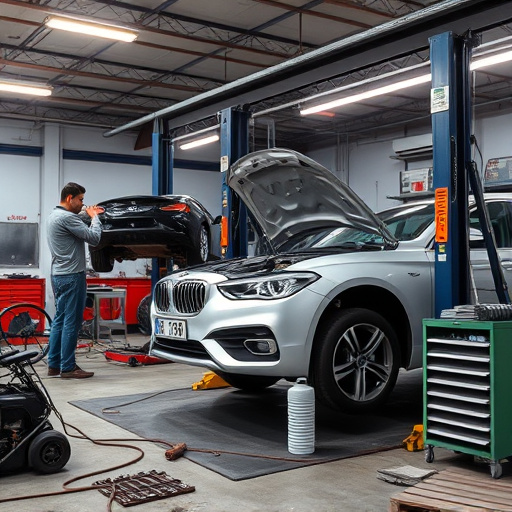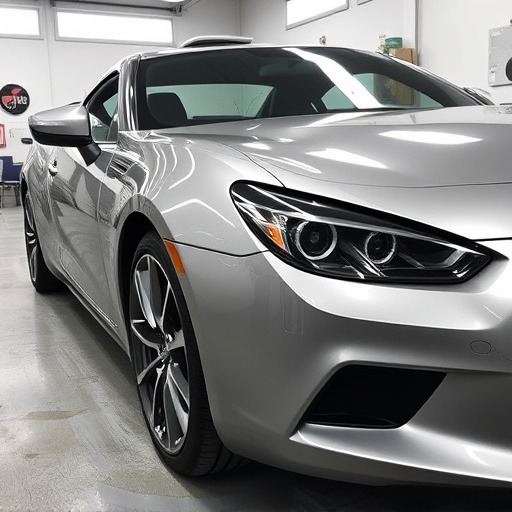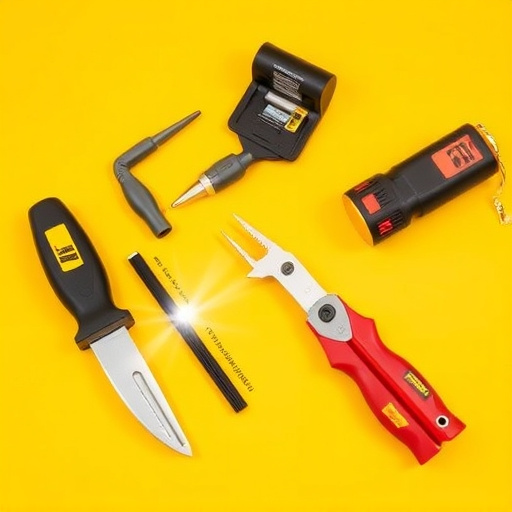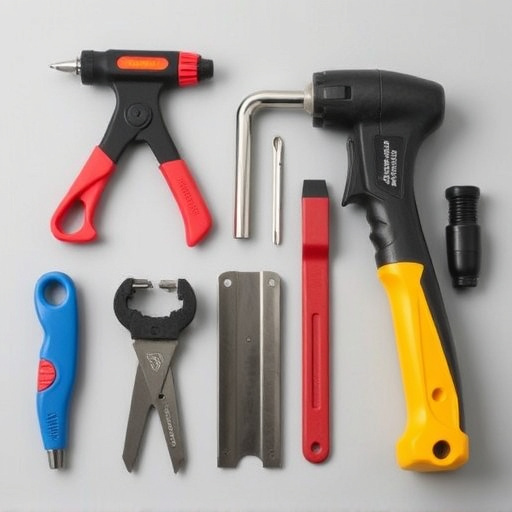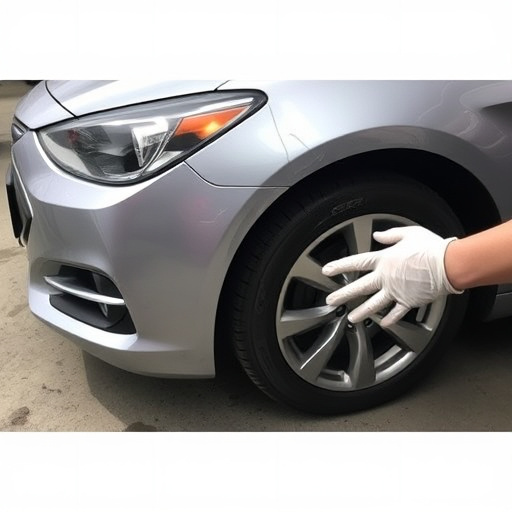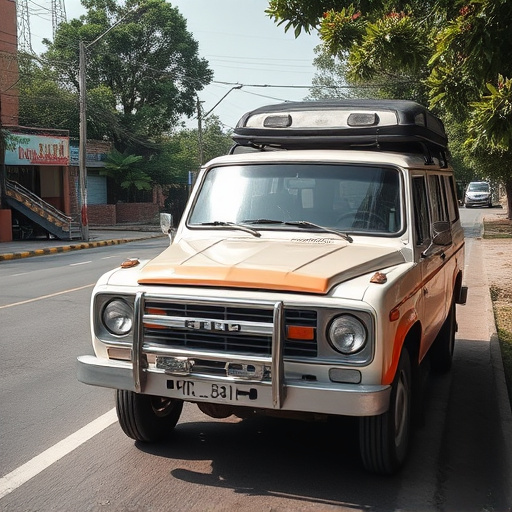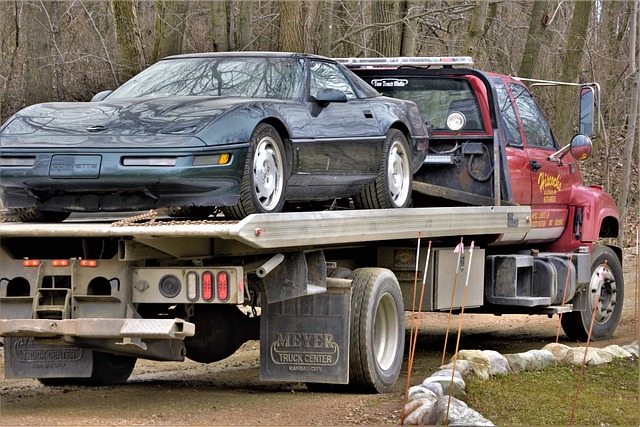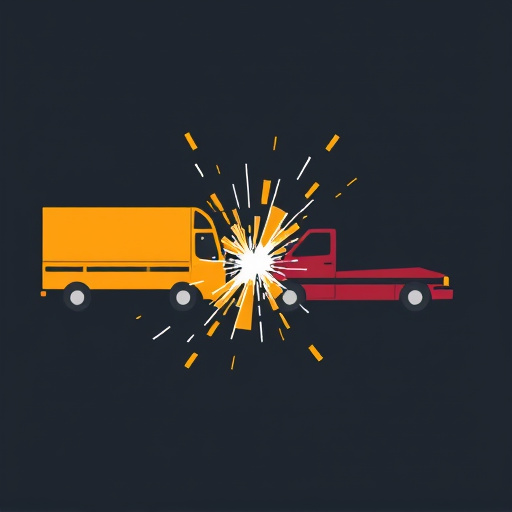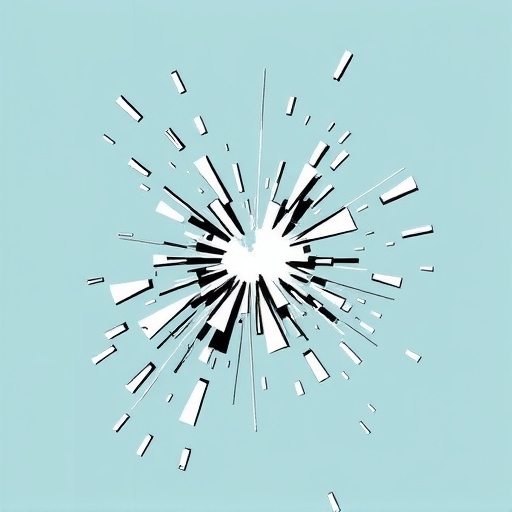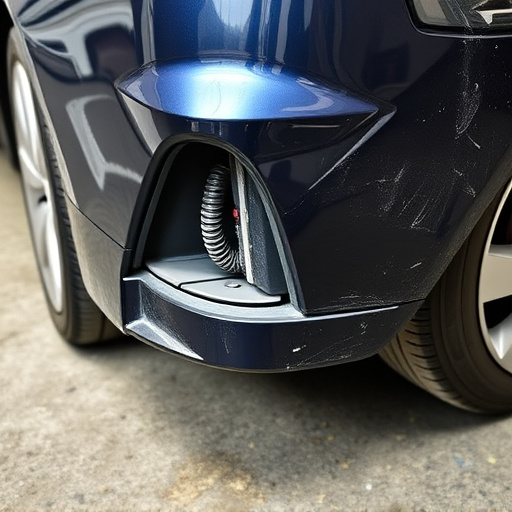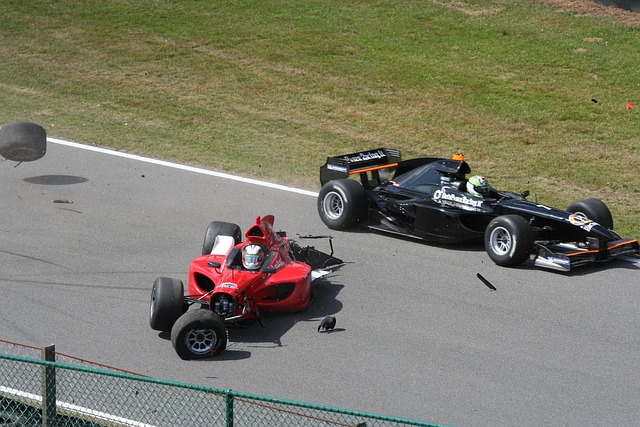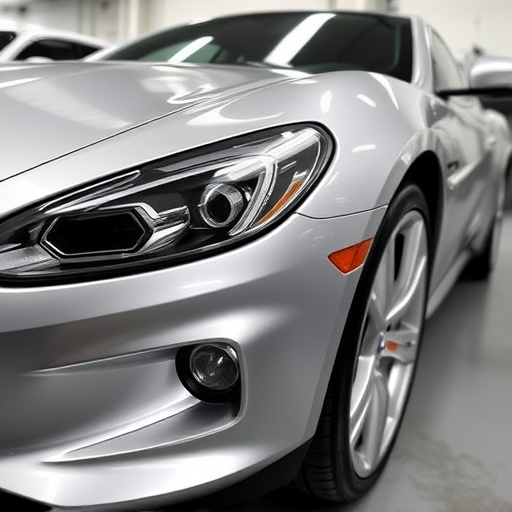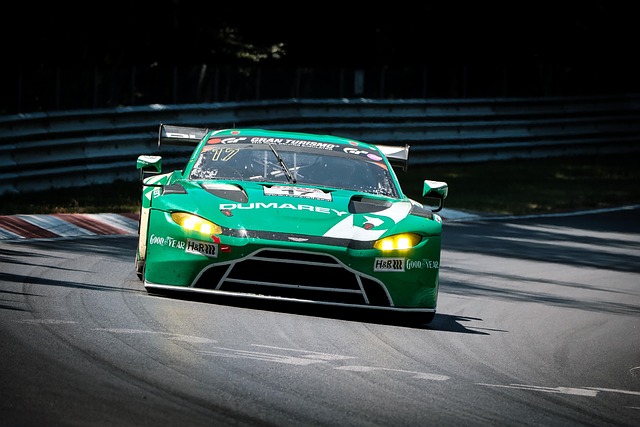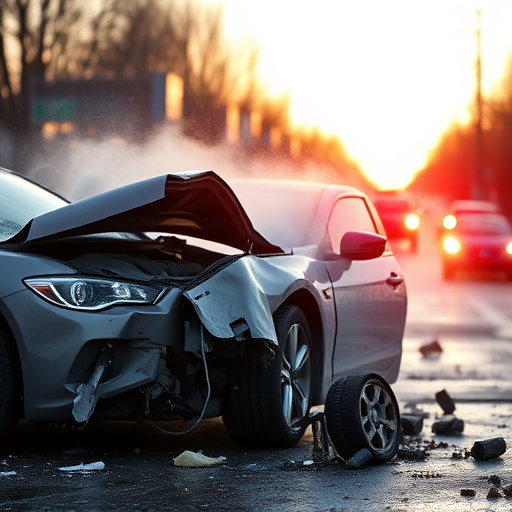Tesla bumper camera malfunctions disrupt safety features requiring both physical and software repairs. Specialized shops use diagnostics to address sensor misalignment, firmware glitches, and debris obstruction. Skilled technicians calibrate sensors and update firmware for seamless integration with Tesla's network. After repair, proper configuration through dedicated apps is vital for optimal performance and enhanced safety features.
Tesla bumper cameras are integral for safety and navigation, but malfunctions can occur. This article guides you through understanding and resolving common issues with your Tesla’s bumper camera system. We’ll delve into the software configuration updates required for effective repairs, ensuring optimal performance. By following a step-by-step approach, you’ll learn how to make precise adjustments, enhancing your Tesla’s overall functionality and security features. Discover the secrets to efficient Tesla bumper camera repair today!
- Understanding Tesla Bumper Camera Malfunctions
- The Role of Software in Camera Repair
- Step-by-Step Guide to Effective Configuration Updates
Understanding Tesla Bumper Camera Malfunctions
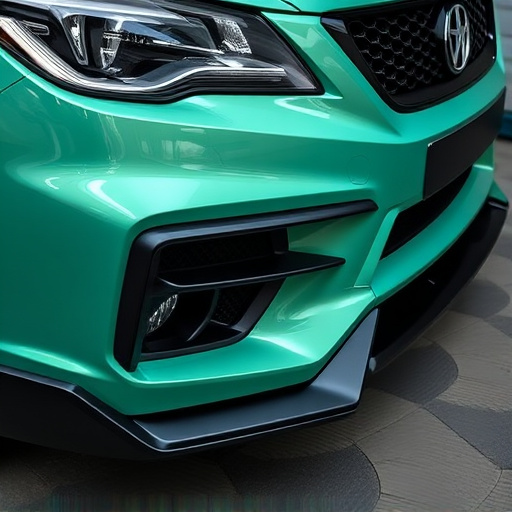
Tesla bumper camera malfunctions can be frustrating for owners, as these advanced driver-assistance systems (ADAS) play a crucial role in safety features like lane departure warning and collision avoidance. Understanding the potential causes behind these issues is key when considering Tesla bumper camera repair. It’s not just about replacing the physical component but also involves software configuration updates to ensure optimal performance.
In many cases, a visit to a reputable vehicle body shop specializing in Tesla repairs can help diagnose and rectify the problem. Malfunctions could arise from various factors including sensor misalignment, firmware glitches, or even debris blocking the camera’s field of view—similar challenges encountered during tire services or autobody repairs. Skilled technicians use specialized tools to update the software configuration, calibrate sensors, and ensure the system is functioning seamlessly with your Tesla’s overall computer network.
The Role of Software in Camera Repair
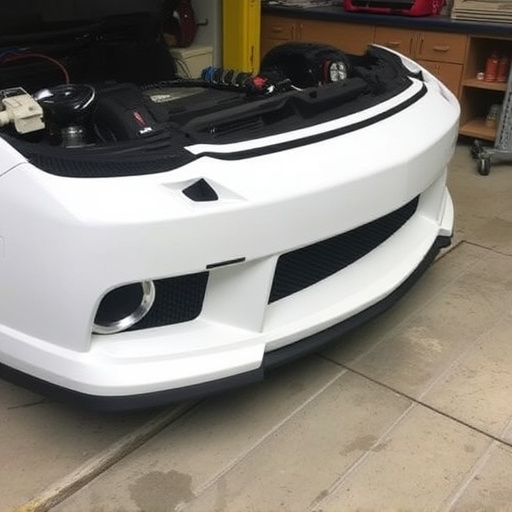
The process of Tesla bumper camera repair goes beyond mere physical fixation. In today’s advanced automotive landscape, cameras are integral components that rely heavily on sophisticated software for optimal performance. When a Tesla bumper camera needs repair, it’s not just the hardware that requires attention; the software configuration must also be accurately adjusted to ensure seamless integration with the vehicle’s systems. This includes calibrating settings for clear image capture, night vision functionality, and signal processing algorithms crucial for the car’s safety features, like collision avoidance systems.
Automotive body shops specializing in Tesla bumper camera repair employ skilled technicians who understand this intricate interplay between hardware and software. They use specialized tools to diagnose any issues within the firmware, updating it as necessary to match the vehicle’s latest software standards. This meticulous approach ensures that not only is the physical damage from incidents like hail damage repair or car bodywork accidents rectified, but also that the camera system operates at peak efficiency, enhancing overall safety and driving experience for Tesla owners.
Step-by-Step Guide to Effective Configuration Updates
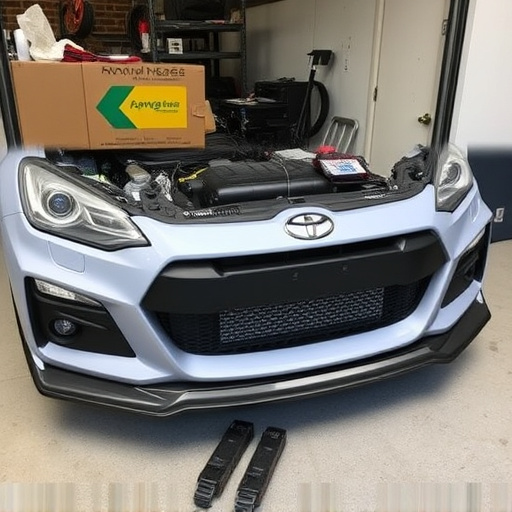
Effectively configuring your Tesla bumper camera after a repair is crucial for optimal performance and safety. Here’s a step-by-step guide to help you through the process:
1. Power Off Your Camera: Before beginning any configuration updates, ensure that your Tesla bumper camera is powered off. This prevents any potential interference during the update process.
2. Access Update Settings: Connect your Tesla to your smartphone via the dedicated app. Navigate to the camera settings and look for “Software Updates” or a similar option. Here, you’ll find the latest firmware updates available for download and installation.
3. Download and Install Updates: Select the update that corresponds to your specific Tesla model and bumper camera. Follow the on-screen instructions to download and install the software configuration updates. This process may require a stable internet connection.
4. Test After Update: Once the update is complete, test the camera functionality thoroughly. Ensure it captures clear footage and accurately detects obstacles during reverse parking or driving at low speeds.
5. Check for Compatibility: It’s essential to ensure that any car paint services or fender bender repairs performed on your Tesla haven’t affected the camera’s alignment or functionality. If needed, make adjustments to bring the camera back to its optimal settings.
6. Regular Maintenance: To maintain peak performance, regularly check and update your Tesla bumper camera software. This simple step can significantly enhance safety features like autonomous driving capabilities and collision avoidance systems.
Tesla bumper camera repair involves more than just hardware fixes; it’s primarily about software configuration updates. By understanding common malfunctions and following a structured approach, owners can effectively resolve issues with their Tesla bumper cameras. This process ensures optimal performance and enhances the overall driving experience, proving that proper software management is key in maintaining your vehicle’s advanced safety features. Remember, when it comes to Tesla bumper camera repair, the right configuration updates make all the difference.
